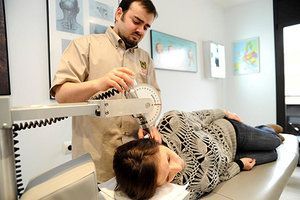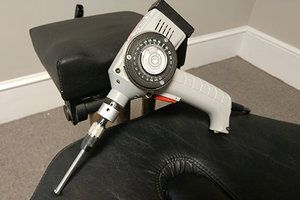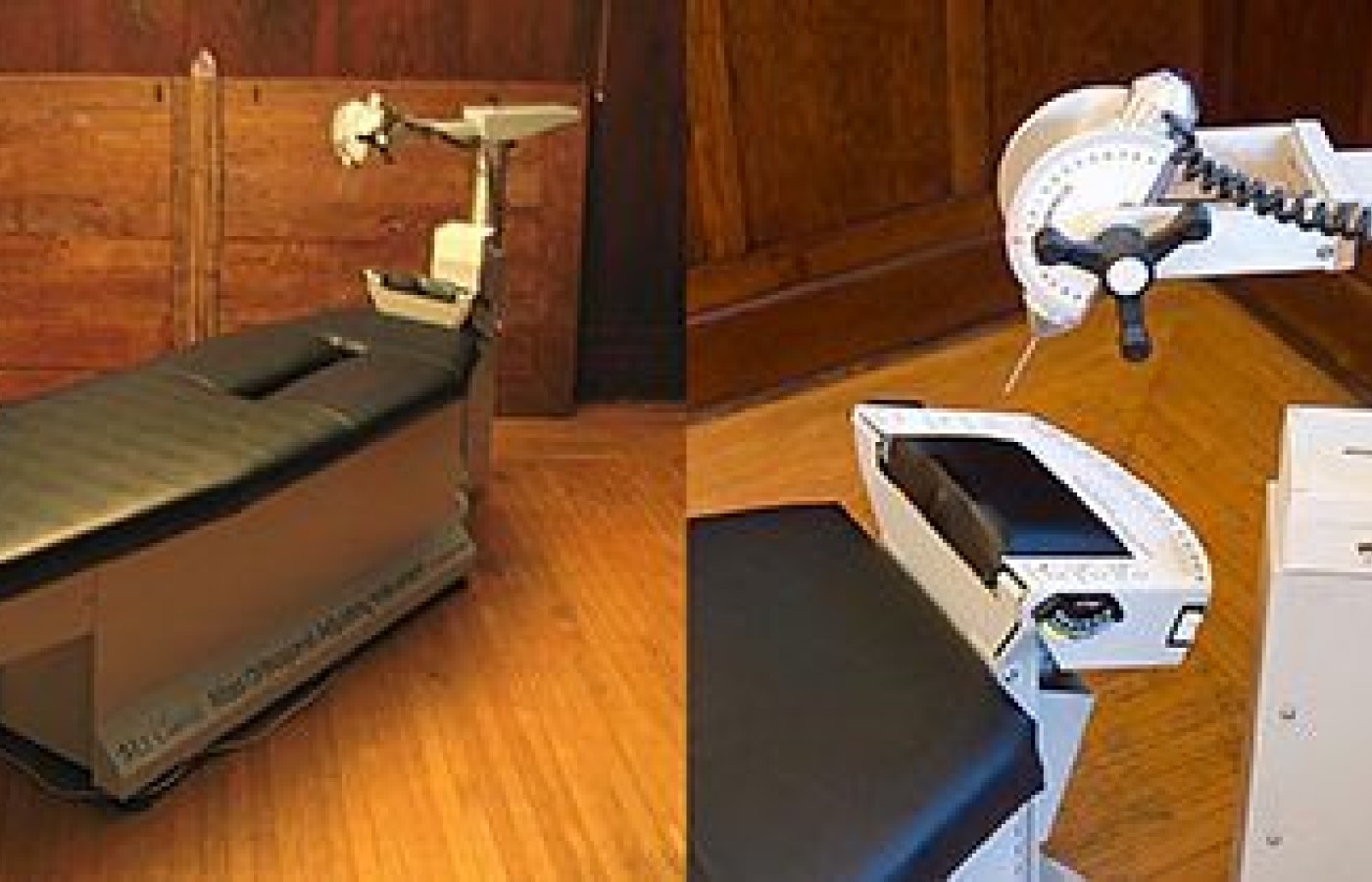On Oct. 21, 2025, a judge in Florida issued a groundbreaking decision in Complete Care v State Farm, 25-CA-1063. It concerns a fact pattern that many chiropractic doctors have faced wherein an insurer, such as State Farm or Allstate, decides to simply stop paying all claims submitted by a healthcare provider.
| Digital Exclusive"Done by Hand"? An Abridged History of Adjusting Tools (Pt. 2)
Editor's Note: Part 1 of this article appeared in the July 2019 digital edition and discussed the Palmers' opposition to adjusting tools and "original” instrument adjusters Drs. Thomas Storey and Solon Massey Langworthy. The author notes that this is an abridged history of adjusting tools and does not include more recent innovations.
Upper Cervical Instruments
There is a whole family of chiropractic techniques, known collectively as upper cervical techniques, focused primarily on the alignment of the occiput-atlas-axis complex. These methods grew out of the ideas of A.A. Wernsing,10 who developed the use of three mutually perpendicular radiographic views with the central ray of the X-ray tube aimed at the atlas vertebra (lateral, nasium and vertex or base posterior).
He emphasized the need for exactly aligned X-ray equipment and patient positioning so he could take specific measurements of the malalignment of the atlas. Adjustments would be given in an attempt to line up the occiput-atlas-axis complex to achieve a vertically aligned neural canal, and remove any adverse tension or compression on the spinal cord and its coverings at this area.
To achieve an exacting line of drive, innovators built various adjusting devices whereby an adjusting stylus could be oriented along or around X-Y-Z three-dimensional coordinates derived from radiographic measurements. These innovators reasoned that by using such a precise 3-D line of drive, they could exactly reposition the bones of this highly important neurologic territory.

Many of the upper cervical devices resemble a drill press, and the adjusting thrust is provided by compressed air or an electric solenoid.
The first upper cervical instrument adjustment was delivered on June 6, 1948 using a device invented by Dr. Arden Zimmerman.11 Since that time, many different chiropractors with an upper cervical emphasis have developed their own devices, such as Sweat, Pettibon, Harrison and others.
Figure 6 shows a modern stationary upper cervical device, while Figure 7 demonstrates the device being used on a patient. Much smaller handheld models of the stationary upper cervical instruments are gaining in popularity and are in frequent use in many upper cervical practices. (Figure 8)
Activator Methods Chiropractic Technique (AMCT)

No history of instruments used to assist in the reduction of the chiropractic subluxation would be complete without mentioning AMCT. This method of chiropractic care was developed by Dr. Arlan Fuhr in the mid-1960s. The story goes that AMCT evolved from Van Rumpt's technique and is based upon prone leg-length checks following a series of challenge maneuvers known as isolation tests.11
The AMCT website states that there are approximately 50,000 practitioners in the U.S. practicing some form of the method. There are four different AMCT devices available for practice use and many published papers regarding AMCT devices.12
Take-Home Points
The Davenport Palmers opposed the use of instruments to adjust the spine as a means to prevent surgeons from taking over the profession. In spite of their desire, even some of the first graduates of the Palmer School of Chiropractic employed mechanical devices to assist in vertebral subluxation reduction. Langworthy was the first to patent such a device and many others have followed in his footsteps.
Chiropractors who employ these devices believe the use of an instrument to apply a corrective force into the spinal column improves the accuracy and specificity of the adjusting force. DCs have proposed mechanical and neurological hypotheses as to how these methods affect biologic tissues. In spite of the fact that the profession was founded on the notion that chiropractic adjustments should be applied "by hands only,” multiple mechanical adjusting instruments now abound in the profession.
References
- Wiese G, Peterson D. Old Dad Chiro, the Founder of Chiropractic. In: Peterson D, Wiese G, eds. Chiropractic: An Illustrated History. St. Louis: Mosby, 1995.
- Stephenson RW. Chiropractic Textbook. Davenport, IA: Palmer School of Chiropractic 1946.
- Sinnott R. Textbook of Chiropractic Philosophy. Frankfort, IL: Rob Sinnott, DC, DCPhCS, 2009.
- Green Books on CD-ROM[CD-ROM]. Frankfort, IL: Rob Sinnott, DC, 1998. Accessed: Chiropractor's Adjuster, pg. 477.
- Smith BA. Thomas Henry Storey, D.O., D.C. 1843-1923. Chiro History, 1999;19(2):63-84.
- Troyanovich SJ, Gibbons RW. Finding Langworthy: the last years of a chiropractic pioneer. Chiro History, 2003;23:9-17.
- Troyanovich SJ, Coleman RR. Origins of the use of mechanical traction for reduction of the chiropractic subluxation. Chiro History, 2004;24(2):1-10.
- Faulkner TJ. The Chiropractor's Protege: The Untold Story of Oakley G. Smith's Journey With DD Palmer in Chiropractic's Founding Years. Rock Island, IL: Association for the History of Chiropractic, 2017.
- Langworthy SM. Surgical table USPTO #978,760. Washington, DC: United States Patent Office, 1910 Dec. 13.
- Wernsing AA. The Atlas Specific: Origin, Development and Application. Hollywood, CA: Oxford Press, 1941.
- Kyneur JS, Bolton SP. Chiropractic Equipment. In: Peterson D, Wiese G, eds. Chiropractic: An Illustrated History. St. Louis, MO: Mosby, 1995.
- Activator Methods Practitioners: https://www.spine-health.com/treatment/chiropractic/activator-method-practitioners. Accessed Feb. 4, 2019.



